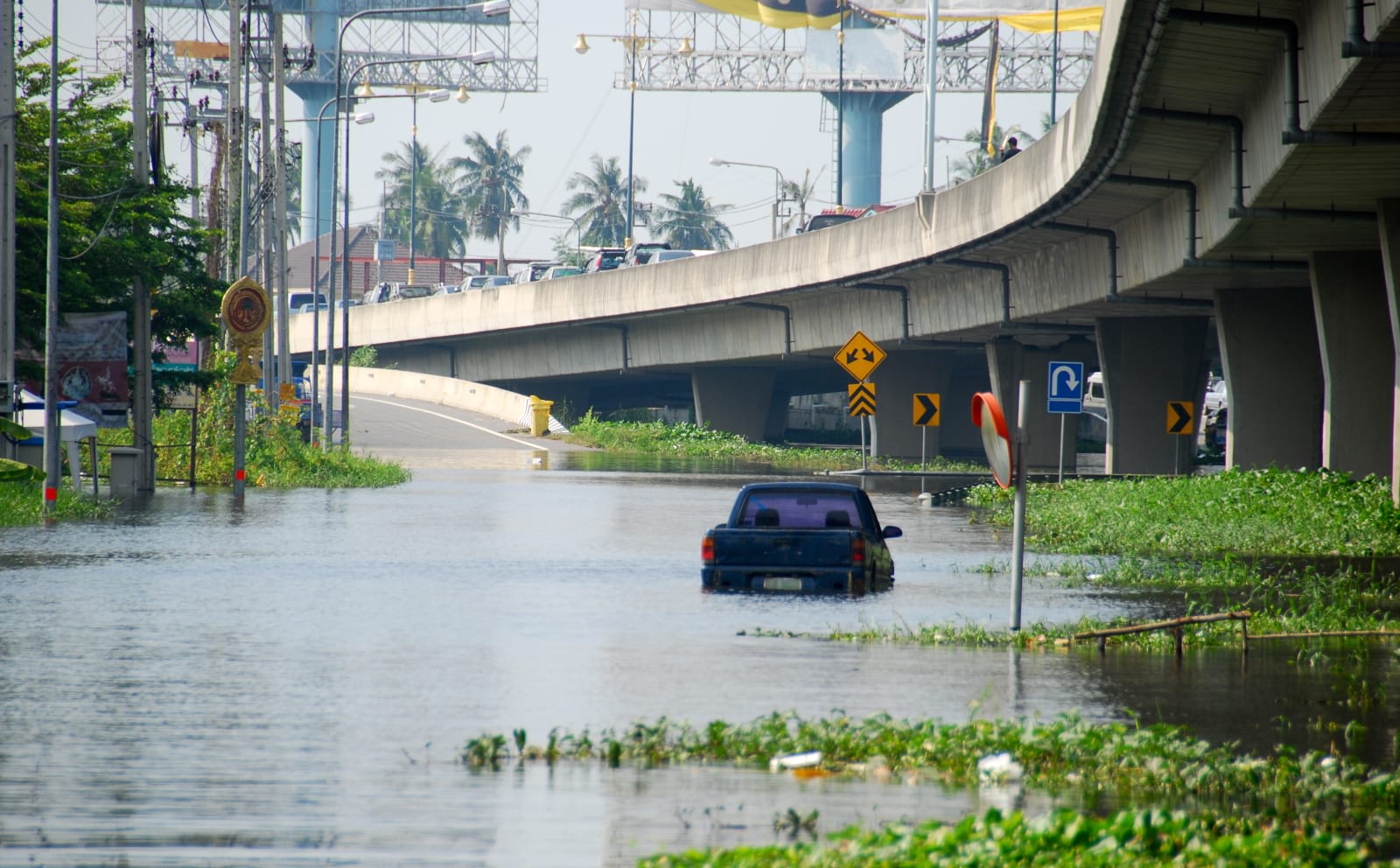We already know that man-made global warming is bound to affect our planet, but it’s hard to connect human activities to specific events. Now a team of Penn State scientists have published a study that says human-caused climate change makes extreme weather conditions such as droughts, heat waves and floods more likely. With the help of actual observation data and climate models, the researchers studied weather events caused by narrow bands of strong winds called jet streams in the northern hemisphere. While these winds flow eastward, they sometimes get stuck due to certain temperature conditions. When they do, whole regions in Europe, North America and Asia have to endure whatever weather event they bring for extended periods.
As The Guardian explains, jet streams undulate, and you can be located north or south of it at different times even if you stay in one place. Since it’s typically hotter when you’re somewhere south of a jet stream, study co-author Stefan Rahmstorf says “sunny days can turn into a serious heat wave and drought” if it gets stuck in that position. On the other hand, wet weather could lead to extended periods of heavy downpour and floods.
So, how exactly does man-made climate change fit into all these? Well, jet stream patterns are maintained by the temperature difference between the polar region and the rest of the world. Problem is, the Arctic is heating up faster than the rest of the planet due to greenhouse gas emissions. As the temperature difference gets smaller, the more likely it is for streams to get stuck and to cause extreme weather events.
Penn State professor and team leader Michael Mann said in a statement:
“Using the simulations, we demonstrate that rising greenhouse gases are responsible for the increase… We are now able to connect the dots when it comes to human-caused global warming and an array of extreme recent weather events.
We came as close as one can to demonstrating a direct link between climate change and a large family of extreme recent weather events.”
Please note: The comment section to this article has been closed due to the large number of harassing, abusive and unrelated comments. If you would like to see comments remain open on more articles, please treat your fellow commenters and the Engadget staff with courtesy and respect.
We already know that man-made global warming is bound to affect our planet, but it’s hard to connect human activities to specific events.
(60)

